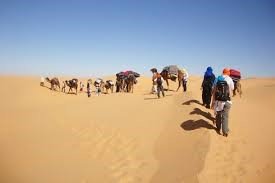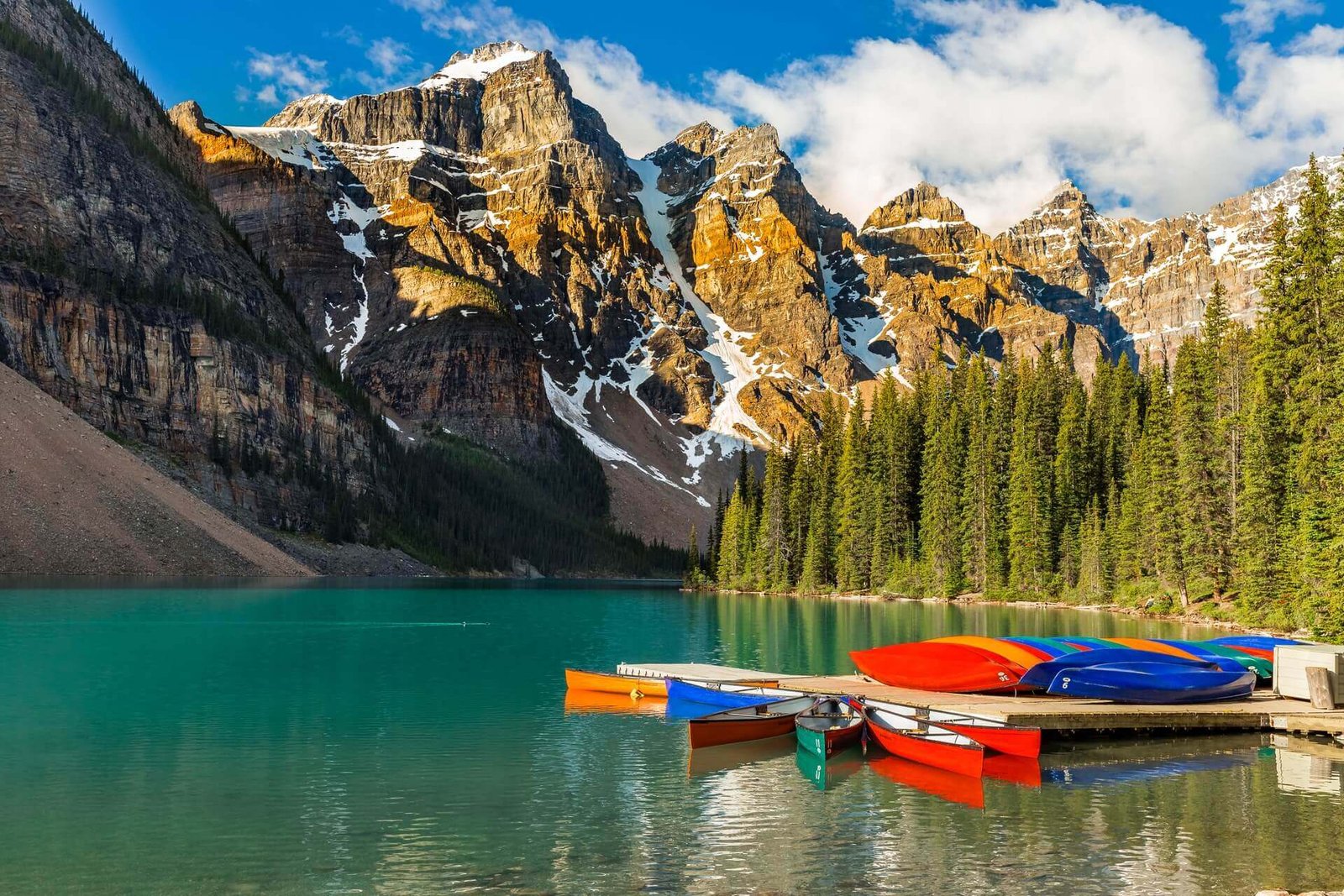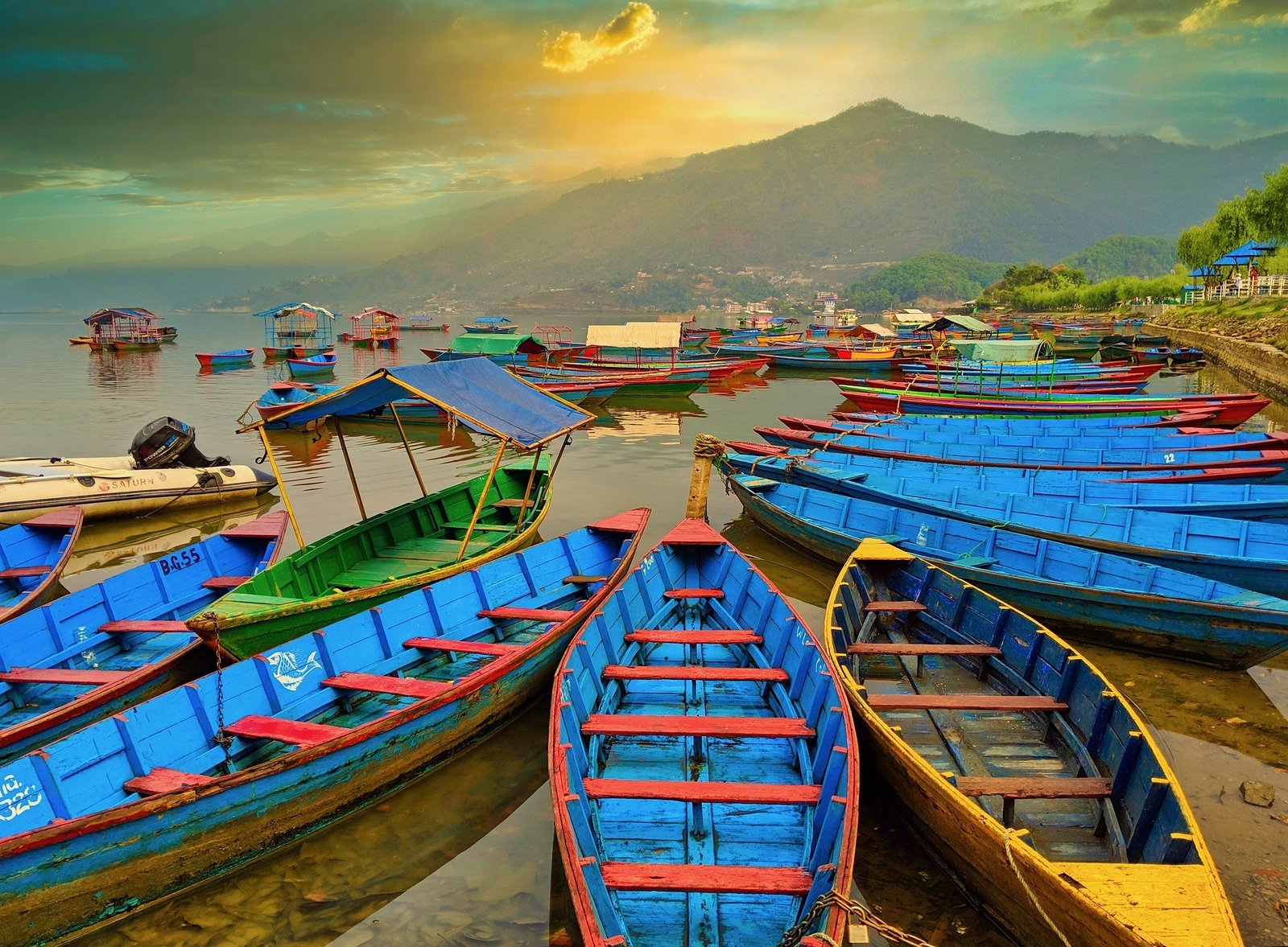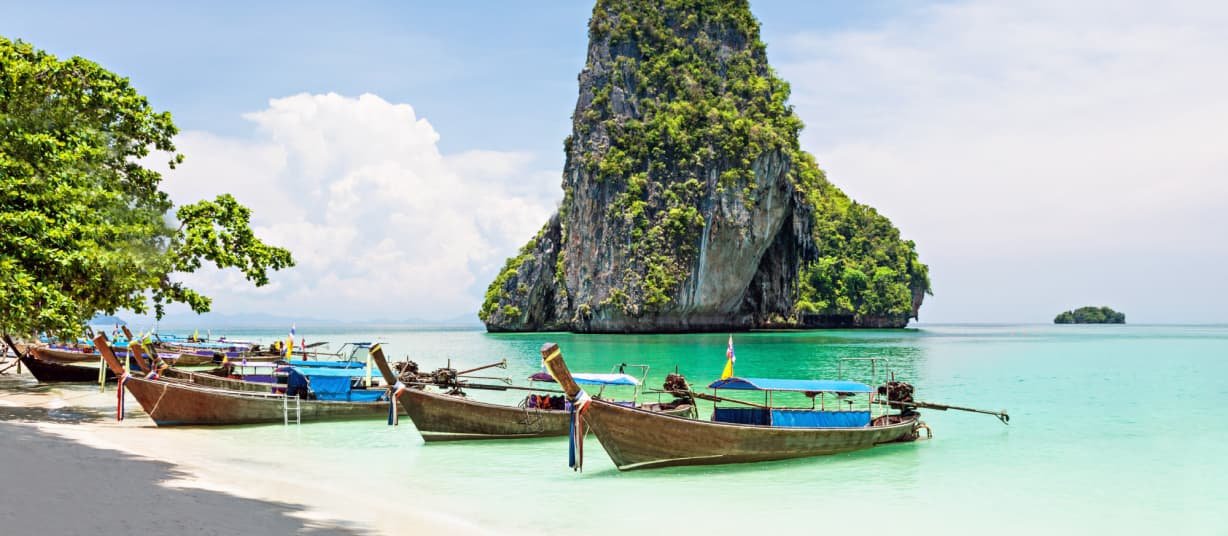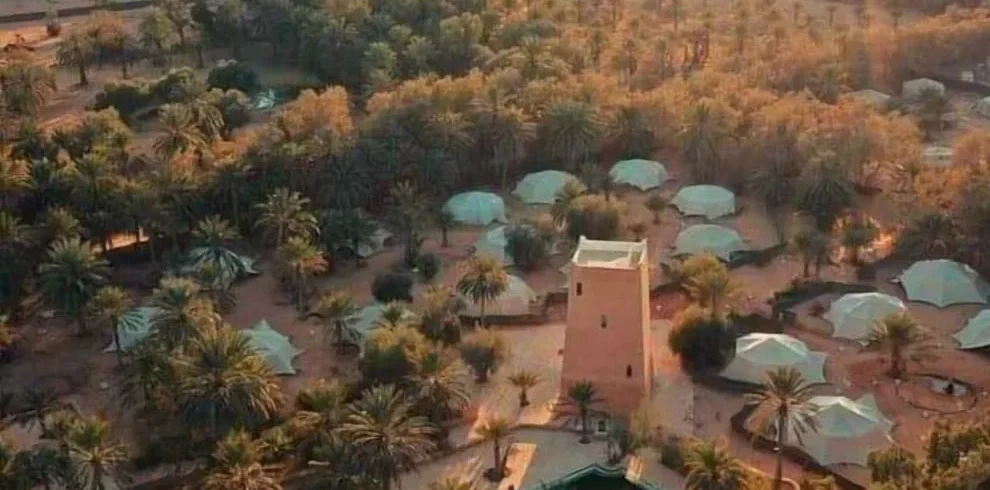Explore the Tunisian Sahara on foot and discover the desert’s hidden beauty. Trekking through the dunes, rocky trails, and lush oases offers an authentic and immersive way to experience the Sahara. Perfect for nature lovers and adventure seekers who want to connect with the land at a slower pace.
Trip Highlights:
- Guided hikes across golden dunes, desert plains, and rugged terrain.
- Visit hidden oases like Chebika, Tamerza, and Midès, with their palm trees and freshwater springs.
- Discover desert flora and fauna while learning about local ecology and traditions.
- Optional overnight stays in desert camps for stargazing and authentic Saharan meals.
- Capture incredible sunrise and sunset views over the dunes and oases.
Itinerary Overview:
- Morning: Meet your guide and start the trek across scenic desert trails.
- Midday: Stop at an oasis for a break, refreshments, and photography opportunities.
- Afternoon: Continue trekking through dunes and rocky paths, discovering hidden desert gems.
- Evening: Arrive at a desert camp (if overnighting), enjoy a traditional meal, and relax under a star-filled sky.
Why Choose This Trip?
- Slow-paced adventure for an authentic desert experience.
- Explore remote areas inaccessible by vehicles.
- Learn about the Sahara’s history, culture, and natural environment from local guides.
- Small group sizes ensure a personalized and immersive experience.
Hiking and trekking through Tunisia’s desert and oases allow you to experience the Sahara intimately—every step reveals the desert’s unique landscapes, hidden treasures, and timeless beauty.
Overview
The Tiananmen, a gate in the wall of the Imperial City, was built in 1415 during the Ming dynasty. In the 17th century, fighting between Li Zicheng’s rebel forces and the forces of the Manchu-led Qing dynasty caused heavy damage to, or even destroyed, the gate. Tiananmen Square was designed and built in 1651, and has since been enlarged by four times its original size in the 1950s.
Near the centre of the square stood the “Great Ming Gate”, the southern gate to the Imperial City, renamed “Great Qing Gate” during the Qing dynasty, and “Gate of China” during the Republican era. Unlike the other gates in Beijing, such as the Tiananmen and the Zhengyangmen, this was a purely ceremonial gateway, with three arches but no ramparts, similar in style to the ceremonial gateways found in the Ming tombs. This gate had a special status as the “Gate of the Nation”, as can be seen from its successive names. It normally remained closed, except when the Emperor passed through. Commoner traffic was diverted to side gates at the western and eastern ends of the square, respectively. Because of this diversion in traffic, a busy marketplace, called “Chess Grid Streets”, was developed in the big, fenced square to the south of this gate.
Trip Highlights
- Trek to the world-famous Everest Base Camp
- Enjoy the amazing view of the Himalayas from Kala Patthar
- Travel through the Sherpa villages of Namche, Khumjung, Khunde, and Dingboche
- Visit Tengboche the biggest and oldest monastery n the region.





